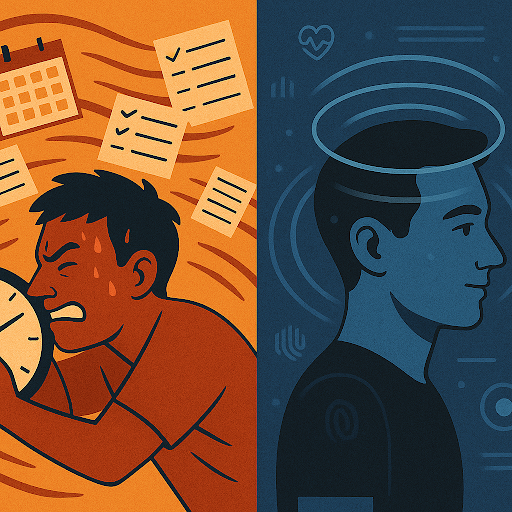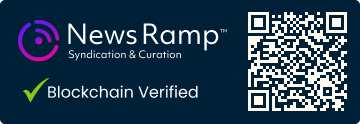Cognitive Alignment: The Next Frontier in Productivity Science

Summary
Full Article
Productivity has traditionally been measured through time management, task execution, and personal discipline, with tools like calendars and project trackers reinforcing this linear input-output model. While effective for routine work, this approach fails to account for cognitive readiness—the mental state that often determines output quality more than any to-do list. The concept of Cognitive Alignment addresses this gap by focusing on the real-time match between an individual's mental state and the demands of their current task.
Cognitive performance fluctuates based on sleep, nutrition, stress, and emotional load, varying throughout the day and even within hours. Traditional productivity systems assume mental readiness aligns with scheduled tasks, leading to widespread suboptimal outcomes when mismatches occur. Individuals often blame themselves for underperformance, while teams implement rigid systems that ignore the heterogeneous nature of cognitive functioning across different brains.
State-to-Task Matching provides a framework for identifying the mental state required for specific tasks—whether they demand verbal clarity, working memory, emotional regulation, or pattern recognition—and assessing whether the individual is currently in that state. This approach enables intentional decisions about whether to shift tasks, adjust mental state, or pause work entirely, moving beyond calendar-driven scheduling to cognitive-aware planning. The framework is supported by emerging technologies from companies like Augment Me that use machine learning and computer vision to detect subtle cognitive shifts through facial blood flow, heart rate variability, and microexpressions.
Recent advances make real-time cognitive assessment feasible through everyday devices, allowing AI systems to detect cognitive drift and offer lightweight interventions without being intrusive. This represents a shift from brute-force productivity methods to human-centric models that harmonize capacity with workflow. The implications extend beyond efficiency gains to reduced burnout risk, improved decision quality, and more manageable context switching.
While discipline and time management remain important, Cognitive Alignment strengthens productivity systems by closing the loop between intent and capacity. Early adopters likely include knowledge workers operating at cognitive limits and teams seeking to maintain performance under pressure. This approach recognizes that optimal performance occurs when state and task are aligned, moving productivity science beyond its traditional limitations toward a more nuanced understanding of human cognitive functioning.

This story is based on an article that was registered on the blockchain. The original source content used for this article is located at citybiz
Article Control ID: 223716